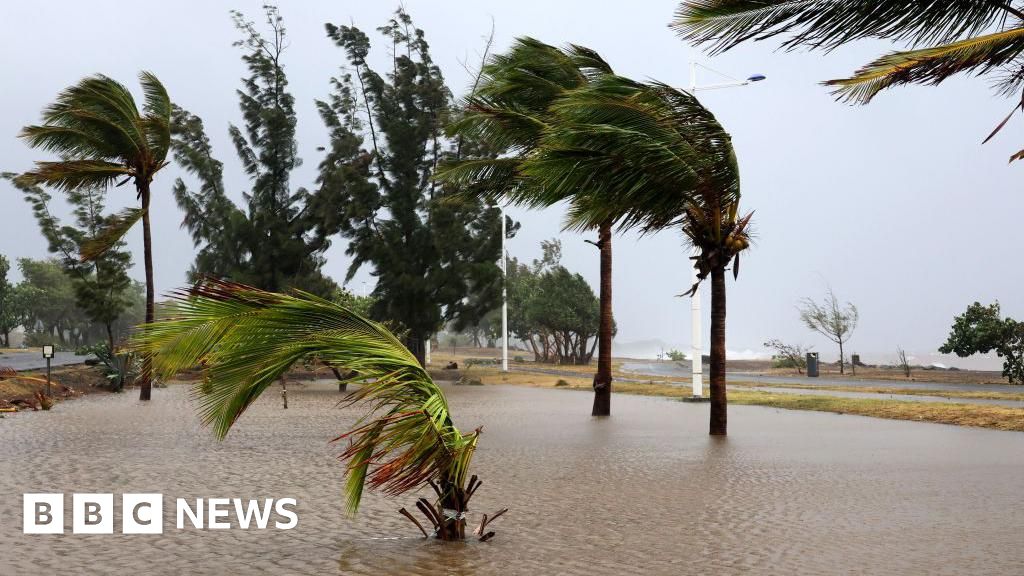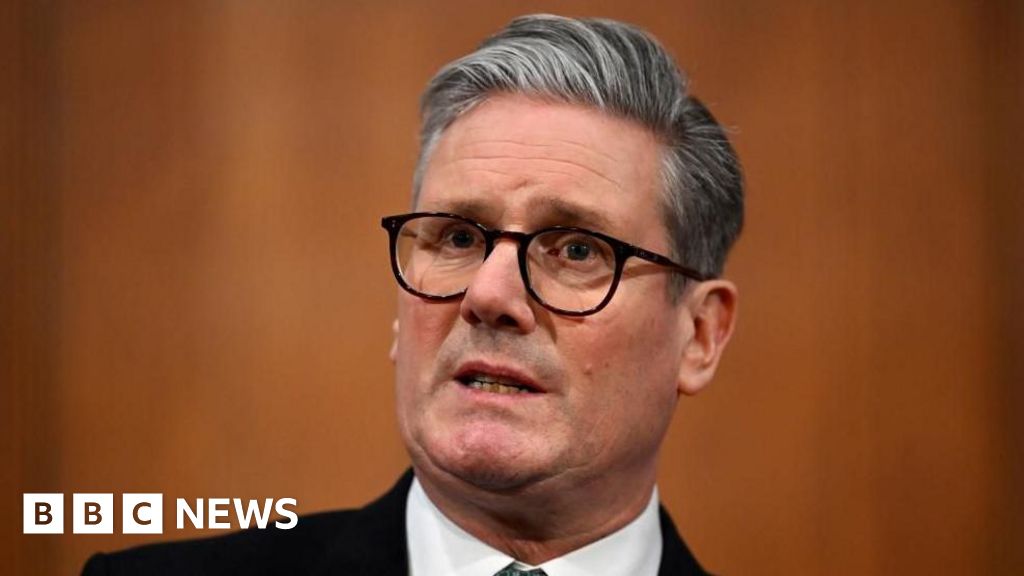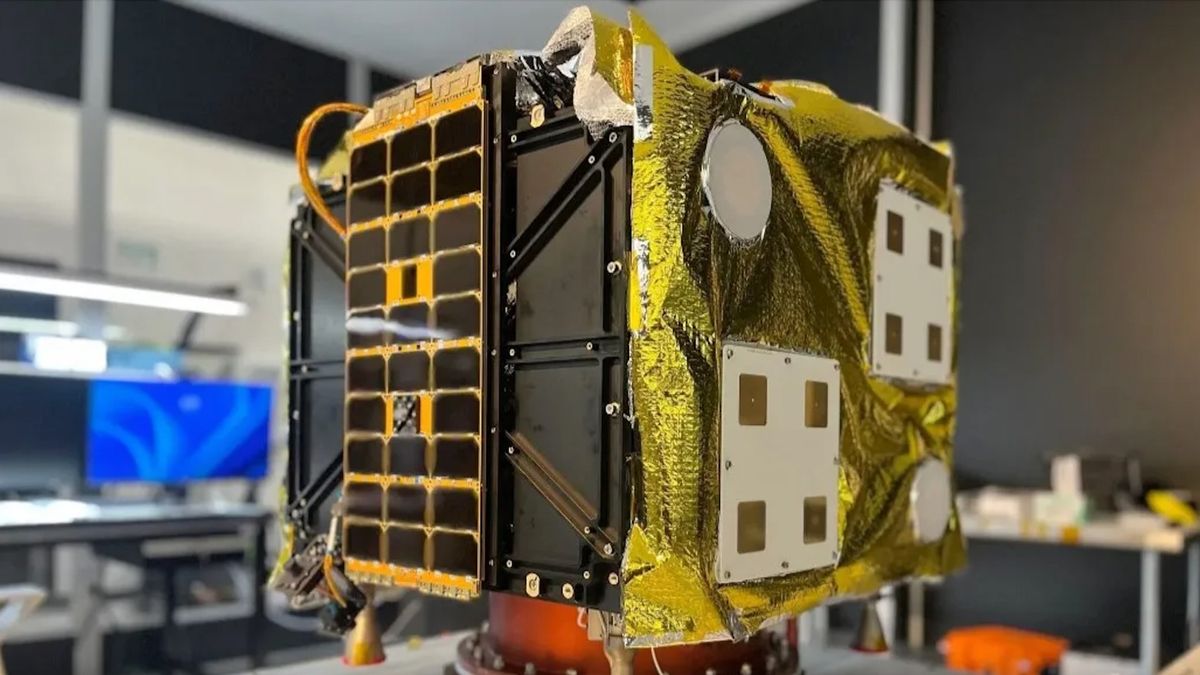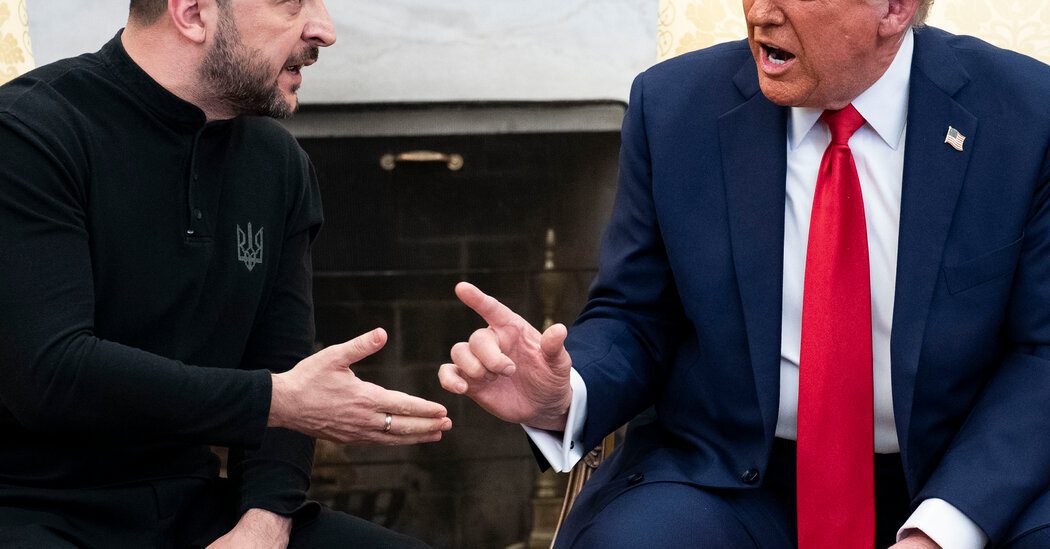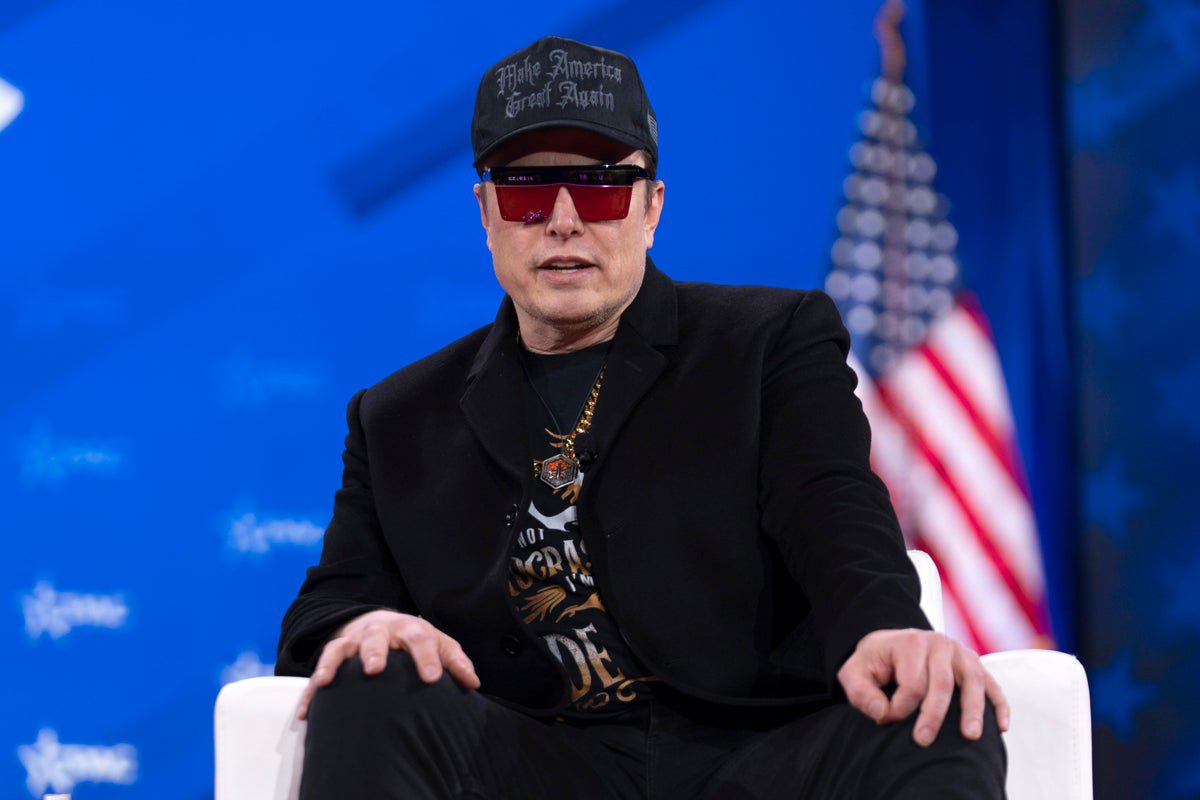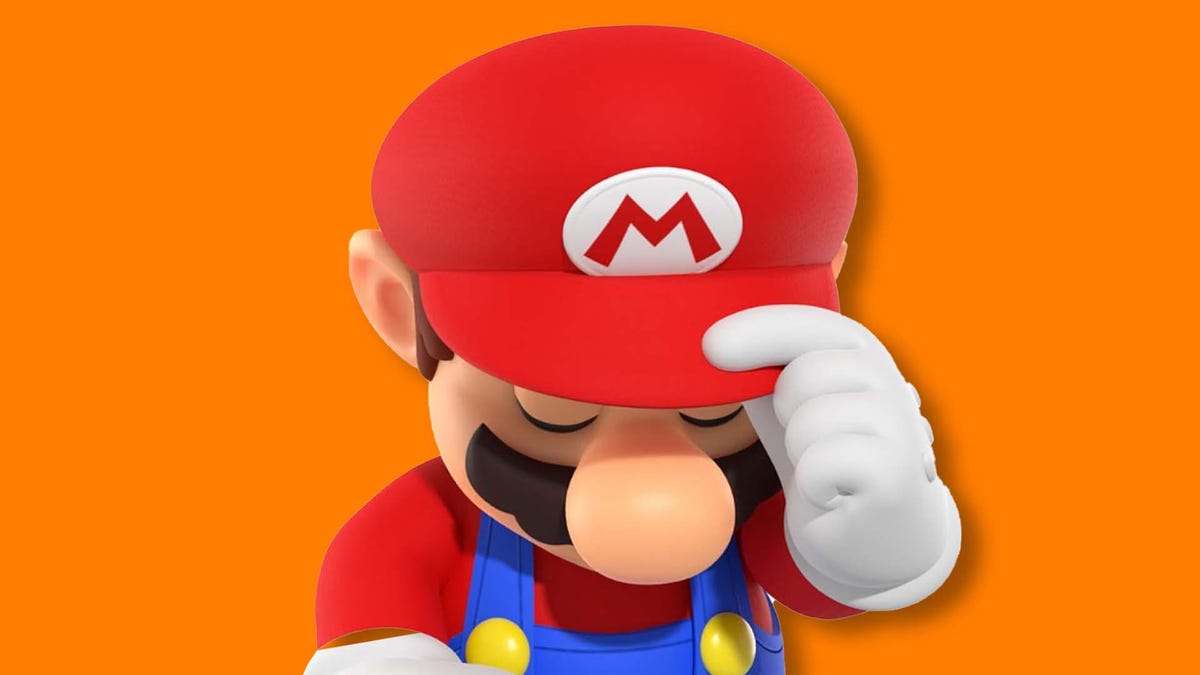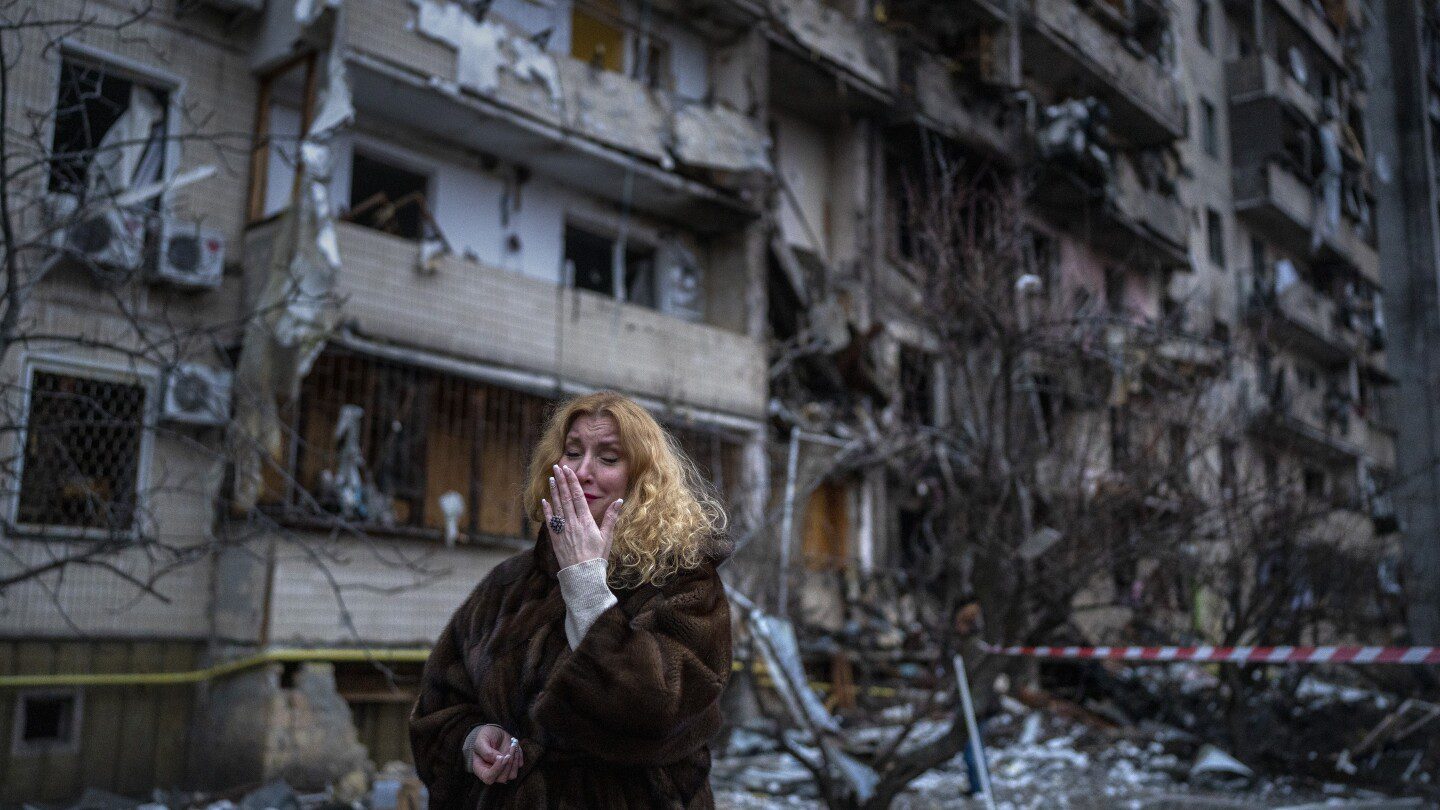
Three years ago, when Russian forces invaded Ukraine, they arrived with a powerful sense of confidence and an expectation for a swift conquest of Kyiv. President Vladimir Putin referred to this campaign as a “special military operation,” which has since escalated into Europe’s largest military conflict since World War II. The war has resulted in the deaths of tens of thousands of individuals, widespread devastation in cities, and millions of Ukrainians fleeing as refugees, effectively isolating Russia from Western nations.
As discussions between senior Russian and U.S. officials resume, and a summit meeting is on the horizon, it appears that Putin is closer than ever to solidifying Russia’s claims over roughly 20% of Ukraine’s territory while keeping it out of NATO’s embrace.
Former President Donald Trump fundamentally shifted the U.S. stance on Russia during his presidency, moving away from a three-year strategy of isolation. Following a phone call with Putin, he announced their agreement “to collaborate closely to bring an end to the conflict.” Trump stated that Ukrainian President Volodymyr Zelenskyy “will be involved” in the negotiations without providing further details.
Trump also conveyed sympathy toward Putin’s primary demand regarding Ukraine’s potential NATO membership, a position that the U.S. and its allies had long regarded as absolute. He said, “They’ve been asserting for a while that Ukraine cannot join NATO, and I’m fine with that.”
Shifting Dynamics
The invasion commenced on February 24, 2022, following Russia’s demands for NATO to renounce Ukraine’s membership aspirations and withdraw troops from the eastern flank—demands that were met with firm rejection from the West. Putin justified his actions by asserting they were vital for protecting Russia’s security interests and supporting Russian-speaking populations in Ukraine. Kyiv and its allies lambasted this incursion as an unwarranted act of aggression, viewing it as an attempt to undermine Ukraine’s sovereignty and identity.
In the initial stages of the invasion, Russian forces approached the outskirts of Kyiv but were compelled to retreat a month later due to significant losses and effective Ukrainian attacks on supply routes. After facing major setbacks in September and October 2022, Russian troops were forced to withdraw from vast areas of the Kharkiv and Kherson regions amid a Ukrainian counteroffensive.
The tide began to shift again in 2023 when Ukrainian efforts to cut off Russia’s land access to the Crimea Peninsula, annexed in 2014, fell short. The Russian side resumed the initiative with sustained offensives along the extensive frontline, gradually making gains. By autumn, Russian forces had secured more territory than at any point since the war began. Additionally, Russia intensified assaults on Ukrainian infrastructure, deploying waves of missiles and drones that devastated much of Ukraine’s power supply.
In August, Ukraine responded with an incursion into Russia’s Kursk region aimed at diverting Russian attention in the east and creating leverage for potential peace negotiations. While Ukraine has retained some of these territorial gains, its resources are becoming increasingly strained, complicating the defense of eastern strongholds.
Ukraine’s Position and Trump’s Perspective
Previously, Zelenskyy demanded the complete withdrawal of Russian forces from all occupied territories as a prerequisite for negotiations, but he has since admitted that an immediate reclamation of all land is unrealistic. He insists on maintaining Ukraine’s goal of NATO membership, despite Trump labeling this as “impractical.” Zelenskyy emphasized the necessity for trustworthy security assurances from the West and a robust European peacekeeping presence to protect against future Russian offensives.
Trump’s communication with Putin and the subsequent talks in Saudi Arabia have undermined the Biden administration’s stance that no decisions regarding Ukraine would be made without their input. Trump criticized Kyiv for allegedly failing to reach an agreement with Moscow that could have averted the war, praised Russia’s military capabilities, and even mused that Ukraine “might eventually be Russian.”
Zelenskyy has reiterated Ukraine’s refusal to accept any agreements negotiated without its involvement and enforced the notion that European partners must be part of any peace discussions. He dismissed a proposed U.S. draft agreement that prioritized U.S. interests regarding Ukraine’s rare earth minerals and lacked any security guarantees for Kyiv as unacceptable.
Europe’s Cold Reality
Trump’s approach has bewildered European allies, particularly when U.S. authorities indicated that European nations would not be included in peace discussions, yet were expected to provide security guarantees for Kyiv—a stance labeled contradictory by former British ambassador Nigel Gould-Davies.
Washington’s signals imply that while the U.S. would lead negotiations to conclude the war, Europe must finance and enforce any outcomes without having a say in the decision-making process. Observers like Gould-Davies highlighted the unrest this could cause among European nations regarding the proposed mission.
Putin’s Objectives
Putin’s primary objectives remain largely unchanged: he requires Ukraine to forgo its NATO aspirations and promote Russian language use, ensuring Ukraine remains under Moscow’s influence. Moreover, he seeks the withdrawal of Ukrainian troops from the four regions Russia has captured, albeit not fully controlled.
Putin suggested that a peace agreement could potentially follow a draft discussed at the start of the conflict, which would mandate Ukraine’s neutrality, a reduction in military forces, and the safeguarding of Russian culture and language. These negotiations collapsed in April 2022 without any resolution.
Despite ruling out any prospect of a truce—asserting it would only serve Ukrainian interests—some analysts speculate that Putin might entertain the possibility of a ceasefire contingent upon Ukraine’s agreement to conduct elections post-ceasefire.
Trump echoed this sentiment, insinuating that Zelenskyy, whose tenure lapsed last year, needs to face voters, while Kyiv insists that holding elections is impractical amid a war. Trump went further, labeling Zelenskyy on social media as “a Dictator without Elections.”
Putin might perceive such an election as a chance to weaken Zelenskyy and instigate political volatility, suggested Tatiana Stanovaya from the Carnegie Russia Eurasia Center. “He sees various possible outcomes as favorable for Moscow, whether through increased political strife, potential protests, or a fragile victory for a successor,” she noted.
Jack Watling from the Royal United Services Institute commented that Ukraine is likely confronting “a politically fragmented election, an economic standstill exacerbated by a lack of foreign investment, and threats from Russia to reignite hostilities following a ceasefire.”
Stabilizing Peace
It remains uncertain who would oversee any ceasefire implementation. U.S. Defense Secretary Pete Hegseth has stated that NATO should not be involved, and any European troops engaged should not fall under NATO’s obligations to support members under threat, potentially dampening European enthusiasm for such a mission.
While the U.K. and other nations signal their readiness to deploy troops for such an operation, Russian Foreign Minister Sergey Lavrov declared after the talks in Saudi Arabia that Moscow would reject any peacekeeping forces from NATO nations.
Some suggestions have emerged for involving Chinese or Brazilian troops in a monitoring capacity, though neither country has indicated any intention to participate.
Many analysts suspect that Putin is under no pressure to reach a peace agreement. “While negotiations seem attractive, they are by no means essential for Russia to fulfill its objectives in Ukraine,” noted Stanovaya. “Most likely, any outcome would seem beneficial to Moscow,” considering the ongoing erosion of Western unity and diminishing support for Kyiv as Russia continues to gain ground.
“Putin has consistently articulated that he believes Russia can attain its goals in Ukraine without the need for any mediated U.S. agreement,” she added. “In his perspective, the longer he waits, the more Ukraine will disintegrate on its own, allowing the Russian military to suppress any residual Ukrainian resistance.”



